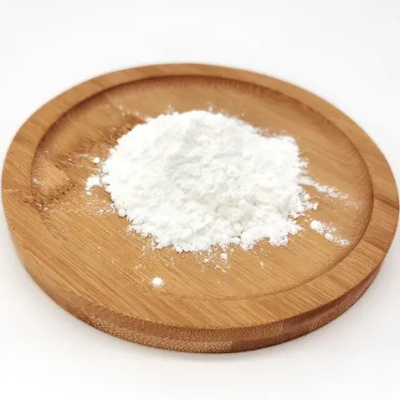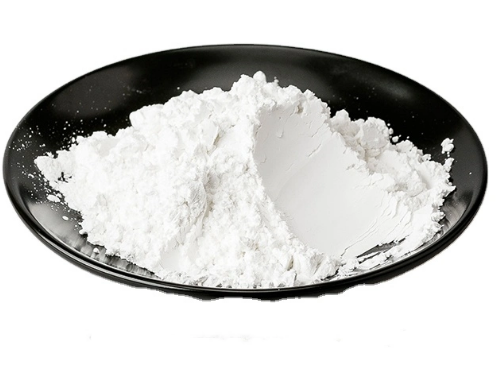5,6,7,7a-Tetrahydrothieno[3,2-c]pyridine-2(4H)-one hydrochloride CAS:115473-15-9
The thiophene ring, which is a five-membered ring containing a sulfur atom, is an important structural feature contributing to the compound's chemical properties. The pyridine ring, on the other hand, is a six-membered ring with a nitrogen atom, which is a key functional group capable of participating in various chemical reactions. The tetrahydrothieno[3,2-c]pyridine-2(4H)-one moiety possesses a lactam ring, which is a cyclic amide. This lactam ring is a result of intramolecular condensation between the carbonyl oxygen and the adjacent nitrogen atom, forming a cyclic structure. The presence of this lactam ring imparts rigidity to the molecule and affects its overall conformation. The hydrochloride salt form of the compound, denoted as hydrochloride, is a result of the reaction between the basic nitrogen atom of the pyridine ring and hydrochloric acid. This ionization process converts the free base into a positively charged cation and a negatively charged chloride anion. The resulting salt is typically more stable and soluble in aqueous solutions than the free base. This salt form is commonly used for the purification and storage of the compound, as it prevents degradation and ensures stability during handling. In summary, 5,6,7,7a-Tetrahydrothieno[3,2-c]pyridine-2(4H)-one hydrochloride is a heterocyclic compound with a unique bicyclic structure, featuring a thiophene ring fused with a pyridine ring and a lactam ring. The hydrochloride salt form of the compound is stable and soluble, making it a valuable intermediate in the synthesis of various derivatives and potential therapeutic agents.



| Composition | C7H10ClNOS |
| Assay | 99% |
| Appearance | white powder |
| CAS No. | 115473-15-9 |
| Packing | Small and bulk |
| Shelf Life | 2 years |
| Storage | Store in cool and dry area |
| Certification | ISO. |


![5,6,7,7a-Tetrahydrothieno[3,2-c]pyridine-2(4H)-one hydrochloride CAS:115473-15-9 Featured Image](https://cdn.globalso.com/xindaobiotech/14Z4YR3PJ6@V5_YM286.png)
![5,6,7,7a-Tetrahydrothieno[3,2-c]pyridine-2(4H)-one hydrochloride CAS:115473-15-9](https://cdn.globalso.com/xindaobiotech/14Z4YR3PJ6@V5_YM286-300x300.png)
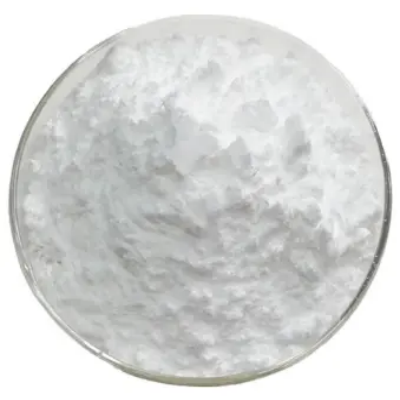
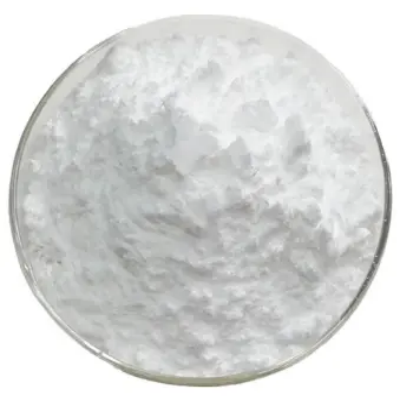
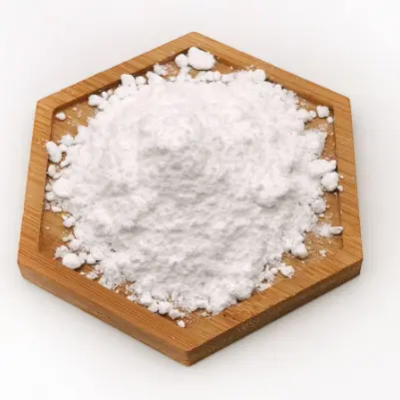
![H-Pyrrolo[2,3-b]pyridine,4-bromo- CAS:348640-06-2](https://cdn.globalso.com/xindaobiotech/1PVCWDXWOHHKL3W5QF_O26.png)
